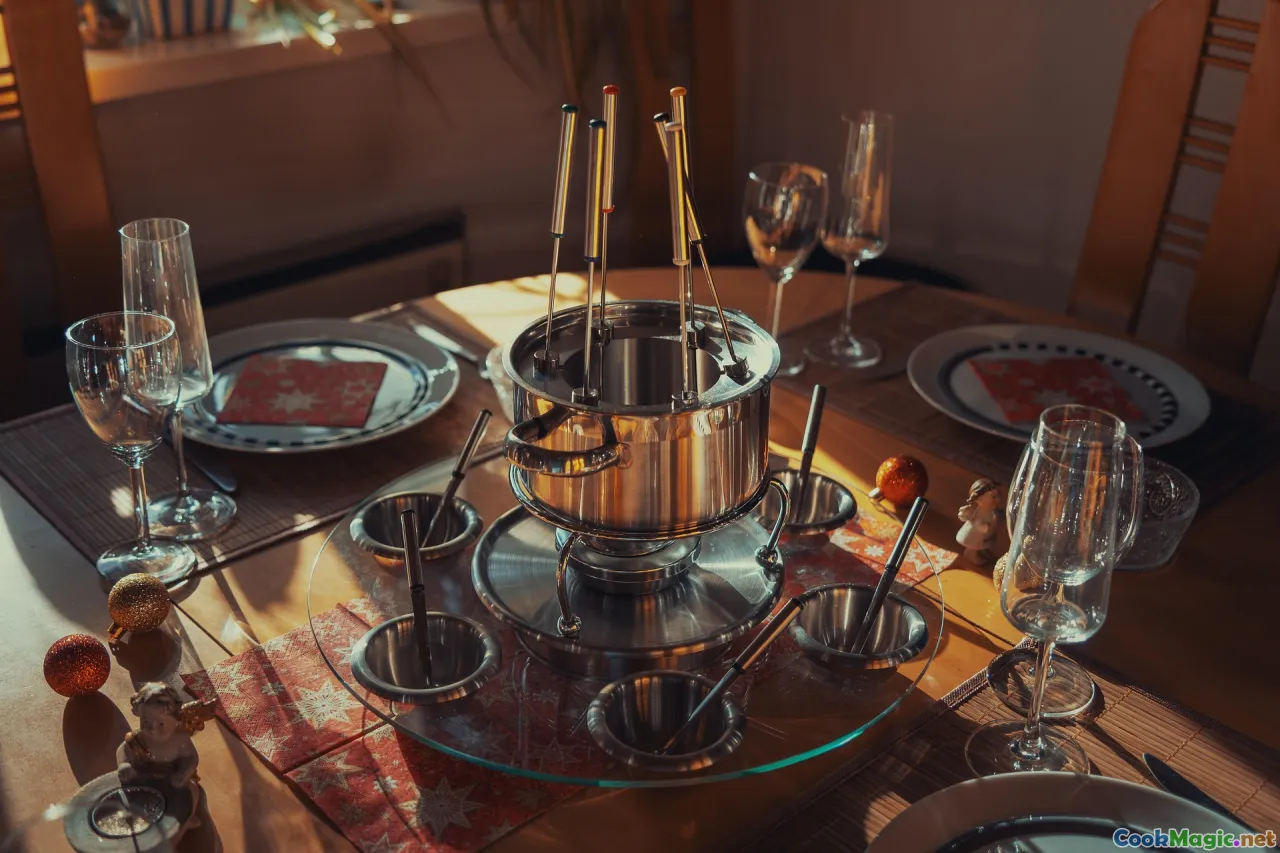Mastering Feijoada The Heart of Brazilian Cuisine
9 min read Discover the rich flavors and cultural significance of Feijoada, Brazil's iconic black bean stew, and learn how to master this beloved dish. July 19, 2025 12:05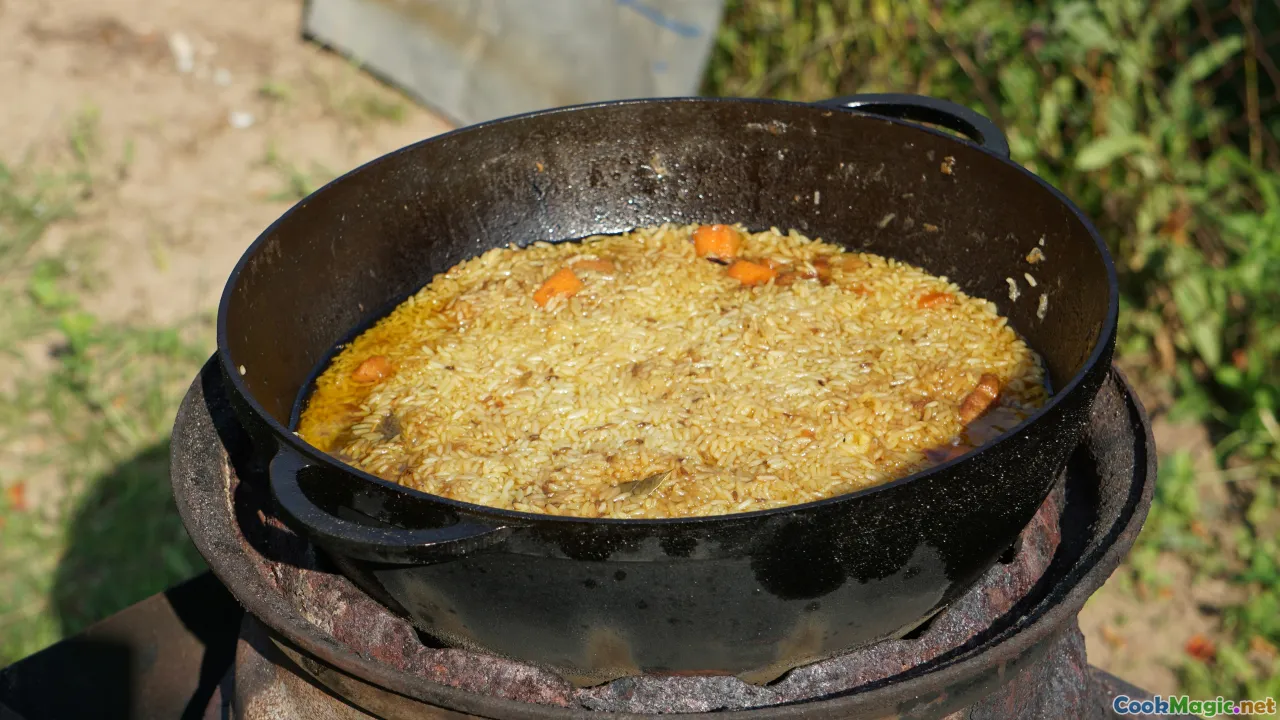
Mastering Feijoada: The Heart of Brazilian Cuisine
Imagine a bubbling cauldron in the early morning light, releasing a rich aroma that intertwines smoky, savory, and earth-driven notes. Each spoonful of feijoada transports you to Brazil’s vibrant streets, bustling households, and scenic landscapes. This iconic dish embodies more than mere sustenance; it encapsulates the soul of Brazilian culture—its history, its diversity, its warmth.
The Cultural Roots and Historical Tapestry of Feijoada
Feijoada’s origins are as colorful as the country it hails from. Its history weaves through centuries, combining indigenous ingredients, Portuguese influences, African culinary traditions, and regional variations that mirror Brazil’s vast geography.
Initially, indigenous peoples relied on beans, root vegetables, and tropical fruits—simple, hearty meals. With Portuguese colonization came pork, rice, and new seasonings, infusing local ingredients with European culinary techniques. Enslaved Africans brought their own flavors and cooking methods, contributing black beans, coconut, spices, and slow-cooking philosophies.
Over time, feijoada solidified as a communal dish—prepared in large pots, simmered to perfection over hours, and shared among friends and family. It became a symbol of unity, resilience, and festivity, especially during weekends and colonial festivals.
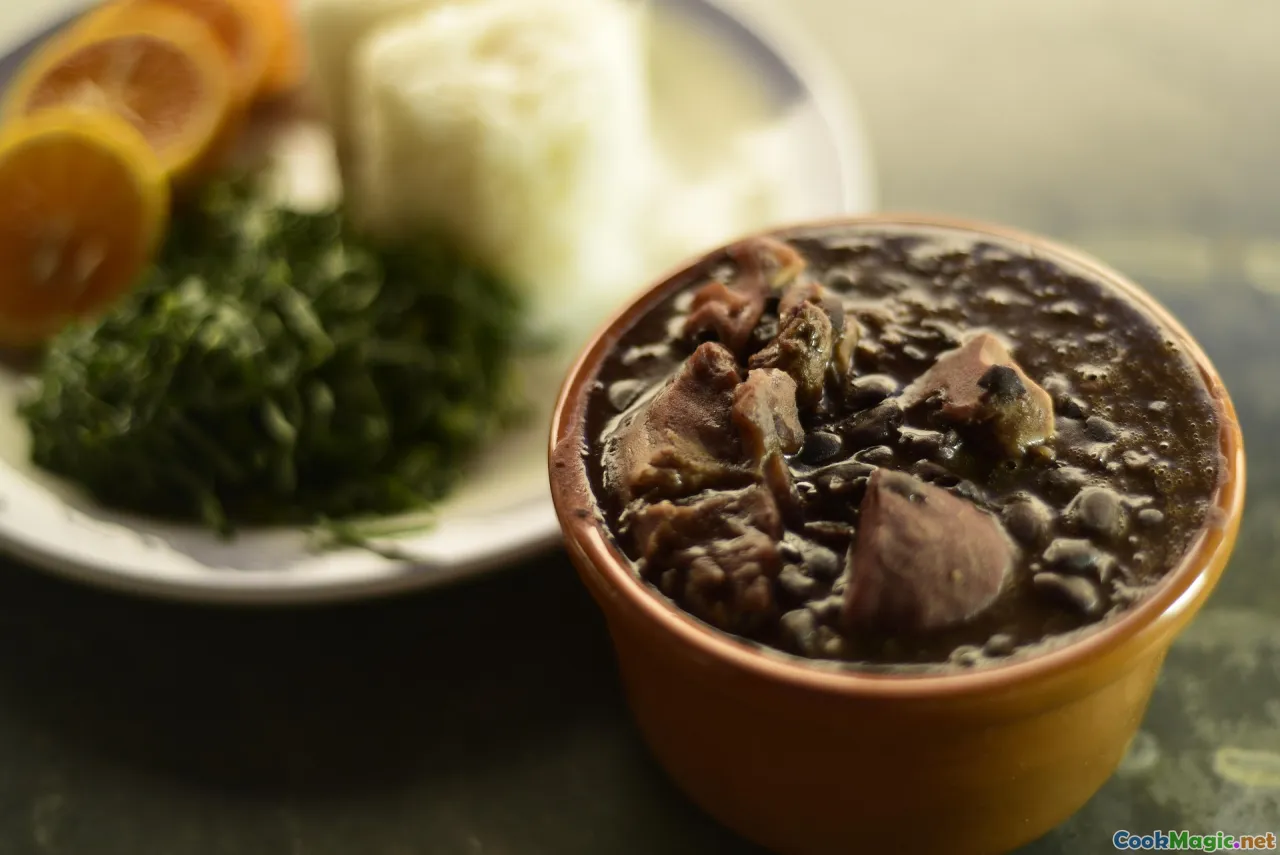
The Ingredients: A Symphony of Flavors
To master feijoada, understanding its core ingredients is essential. Each component merges to create a harmonious medley of textures and flavors.
- Black Beans: The backbone of the dish, their creamy richness and earthy depth set the stage. Ideally, use dried, high-quality black beans soaked overnight to achieve optimal tenderness.
- Pork Cuts: The variety is a hallmark—pork shoulder, ribs, sausage (such as linguiça and paio), trotters, ears, and even heart. The fat and collagen released during slow cooking add flavor and body.
- Seasonings: Garlic, onions, bay leaves, and black pepper create a savory foundation. Some regions incorporate cumin, cloves, or cinnamon for warmth.
- Additional Ingredients: Orange slices, used for balancing richness, and chopped cilantro add brightness.
The magic lies in the slow simmer—allowing the beans to break down slightly, thickening the broth, and infusing the meat with smoky goodness.
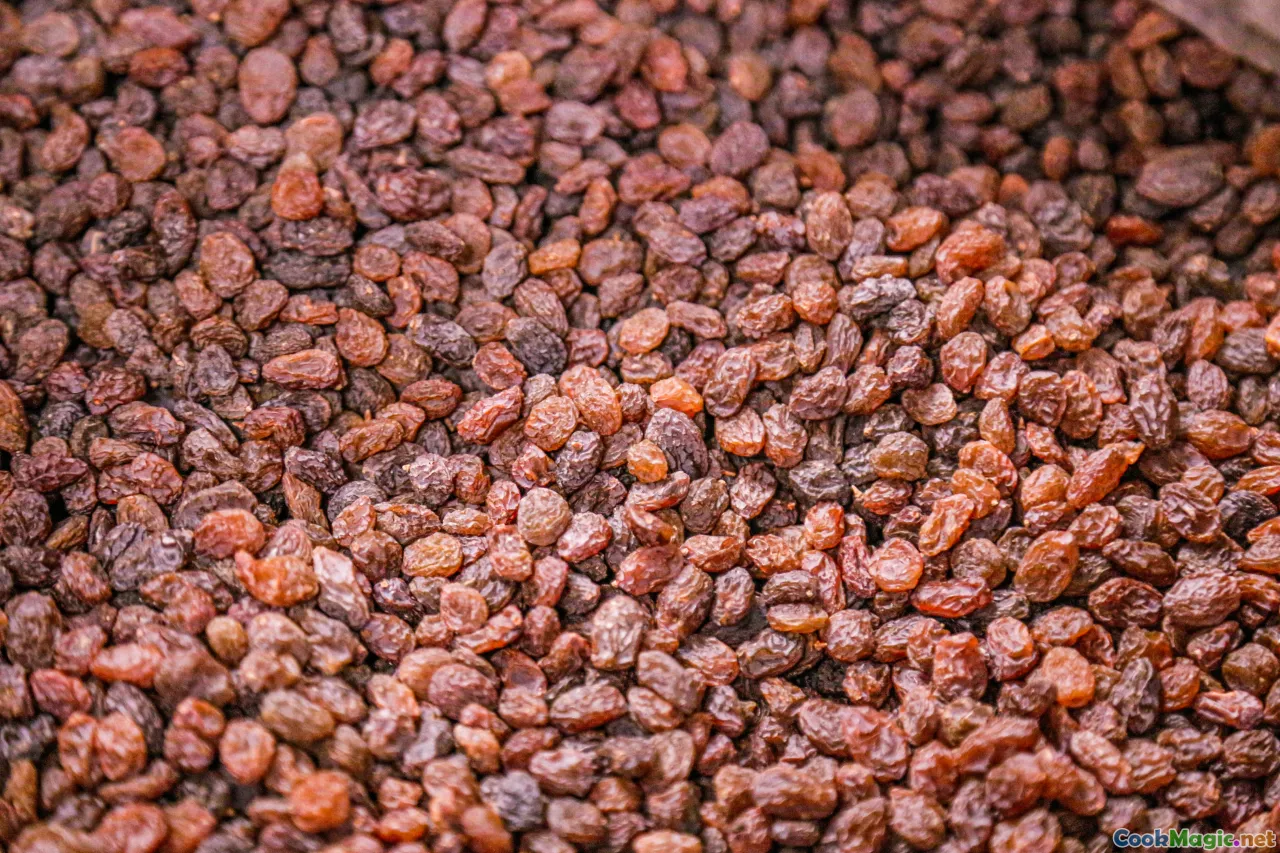
Step-by-Step Guide to Crafting Authentic Feijoada
Preparation Essentials
- Soaking the Beans: Cover dried black beans with ample water overnight. Drain before cooking.
- Preparing the Meat: Cut pork shoulder into bite-sized chunks. Slice sausage, prepare trotters, and trim fat with care.
- Sautéing Aromatics: Use a large heavy-bottomed pot; sauté chopped onions and garlic until fragrant and golden.
- Cooking the Base: Add soaked beans, meat cuts, sausages, bay leaves, and seasonings. Cover with water or broth.
The Low and Slow Simmer
- Bring to a boil, then reduce heat to low.
- Let it simmer gently for 2–4 hours, stirring occasionally.
- During cooking, skim excess foam; add water if necessary to keep ingredients covered.
- Test tenderness; beans should be soft, meats falling apart.
The Final Touches
- Adjust seasoning—consider adding salt, pepper, or a touch of hot sauce.
- Serve with traditional accompaniments:
- White rice: Fluffy and plain.
- Collard greens or sautéed kale: Sautéed with garlic and olive oil.
- Farofa: Toasted cassava flour with butter and seasonings.
- Orange slices: Fresh, to cut through the richness.
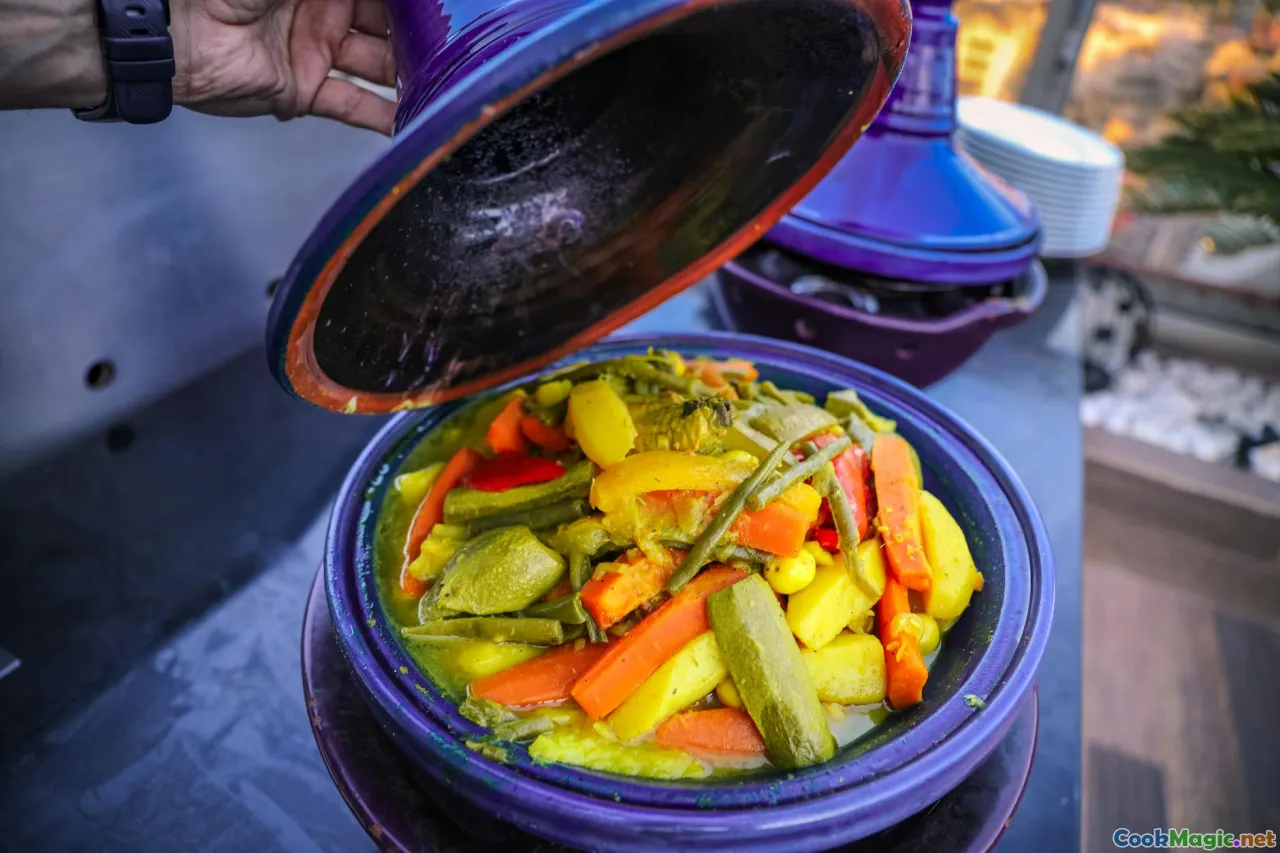
Variations and Regional Twists
Feijoada is a flexible dish, with regional character shining through:
- Rio de Janeiro: Lighter, with a focus on sausages and thin meats, often served with a side of farofa and chopped green herbs.
- São Paulo: Richer and chunkier, with hearty cuts of pork and spices.
- Bahia: Incorporates African spices and coconut milk, adding a tropical twist.
- Minas Gerais: Utilizes smoked meats and often includes cassava flour for a unique texture.
Personal anecdote: I once visited a small café in Salvador where the chef made a version with coconut milk, resulting in a delicate sweetness that beautifully balanced the smoky and spicy notes.

Perfecting the Art: Tips from a Culinary Enthusiast
- Choose quality, fresh ingredients: The soul of feijoada lies in its ingredients.
- Soak your beans well: This reduces cooking time and enhances digestibility.
- Reserve the cooking liquid: It’s rich and flavorful—use it as a base for other dishes or as a sauce.
- Don’t rush the process: The magic happens over hours—patience yields depth.
- Taste often: Adjust seasoning progressively to suit your palate.
- Serve family-style: Part of the magic is sharing—informal, communal, vibrant.
Encountering Feijoada Beyond the Kitchen
Authentic feijoada is more than a dish; it’s a Brazilian experience. Festivals like the annual "Feijoada Festival" in Rio de Janeiro celebrate the dish with music, dance, and communal feasting. Imagine yourself in a lively plaza, surrounded by laughter, samba percussion echoing, and plates piled high with steaming feijoada, accompanied by cold caipirinhas.
Travelers often find that a traditional feijoada served in a local rua (street) corner or family home provides a glimpse into Brazilian warmth and conviviality. The ritual of assembling the plate—scooping rice, adding beans and meats, topping with greens and farofa—mirrors the vibrant rhythm of everyday life.

Embracing the Spirit of Feijoada in Your Kitchen
Mastering feijoada is not merely about following a recipe—it's about capturing its soul: its history, community, and emotion. Engage in the process with patience and respect for tradition, but don’t hesitate to inject your personal touch.
Consider experimenting with regional ingredients, or crafting a vegetarian version using smoked paprika, grilled vegetables, and hearty beans. The key is to focus on layering flavor, respecting authenticity, and sharing generously.
In your next culinary adventure, bring a piece of Brazilian heart into your home—embrace the smoky richness, the tender meats, and the convivial spirit of feijoada. As you serve this emblem of Brazil, you invite not just flavors, but stories, memories, and connections.
Whether you’re preparing it for a Sunday feast or a celebratory gathering, remember: feijoada’s true essence lies in conviviality—food, music, laughter—all simmered together in a pot and served with love.
